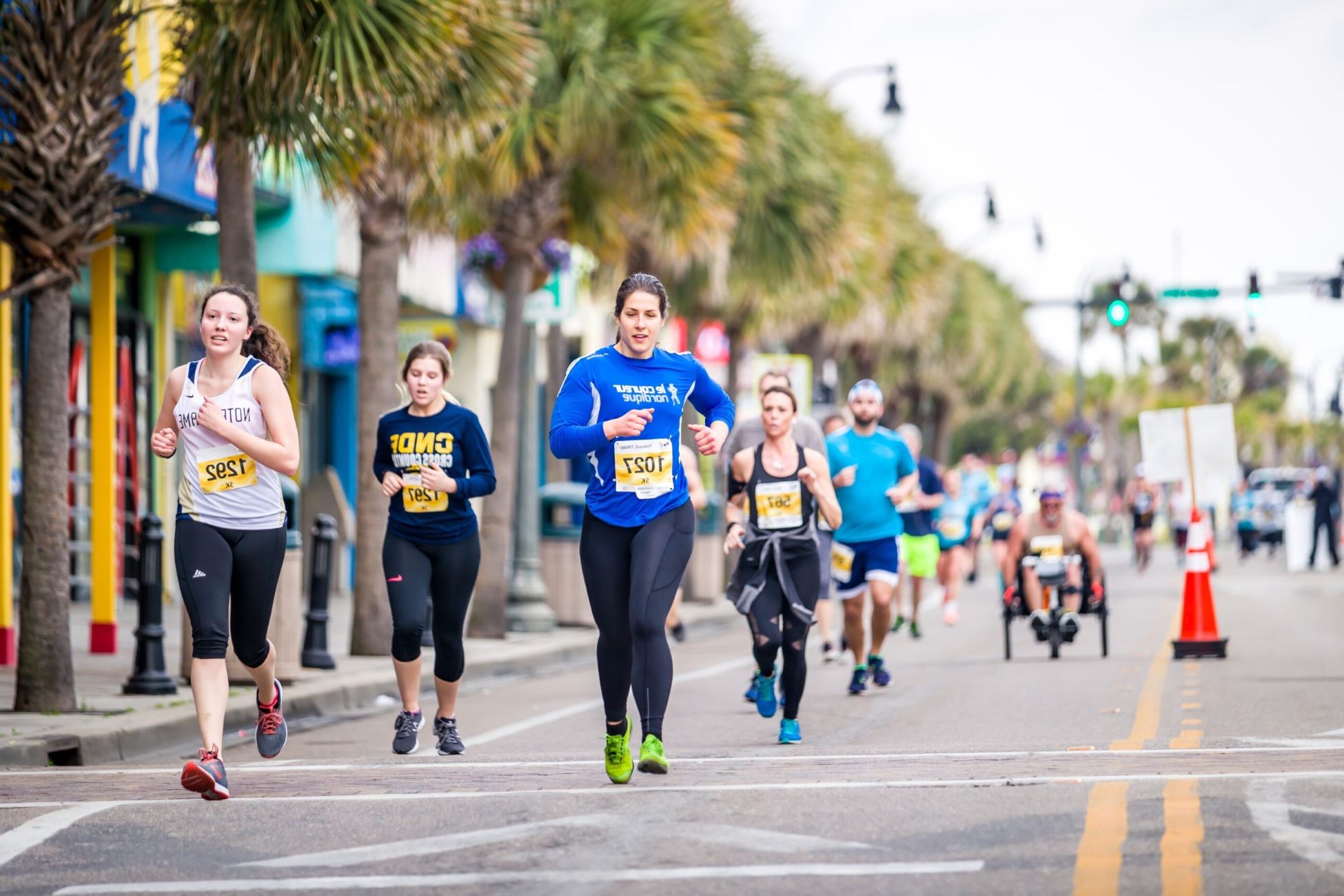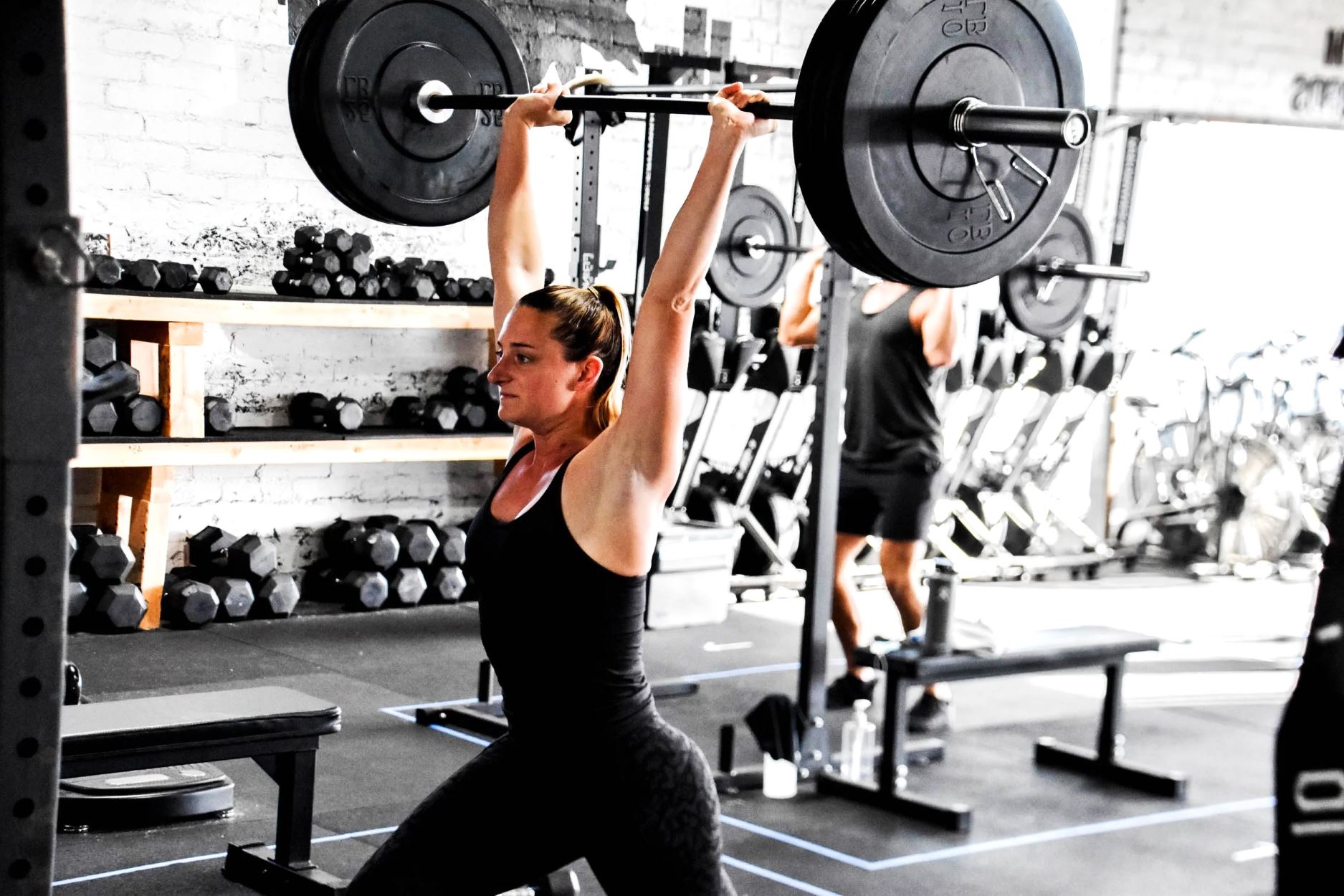Home>Training & Techniques>Running Techniques>Running: Tips For Correct Form And Techniques To Improve Your Performance


Running Techniques
Running: Tips For Correct Form And Techniques To Improve Your Performance
Published: February 24, 2024
Improve your running performance with expert tips on correct form and techniques. Learn how to optimize your running techniques for better results.
(Many of the links in this article redirect to a specific reviewed product. Your purchase of these products through affiliate links helps to generate commission for Therunningadvisor.com, at no extra cost. Learn more)
Table of Contents
Importance of Proper Running Form
Proper running form is the cornerstone of efficient and injury-free running. It encompasses the alignment of the body, the movement of the arms and legs, and the overall posture while in motion. Emphasizing correct running form is crucial for several reasons:
-
Injury Prevention: Maintaining proper form reduces the risk of overuse injuries. When the body is aligned correctly, the impact of each stride is distributed evenly, minimizing stress on specific muscles and joints. This can help prevent common running injuries such as shin splints, IT band syndrome, and stress fractures.
-
Efficiency: A good running form optimizes energy expenditure, allowing you to cover more ground with less effort. By aligning the body's kinetic chain, proper form ensures that the muscles work synergistically, reducing wasted motion and energy leaks.
-
Performance Enhancement: Correct form can significantly improve running performance. When the body is properly aligned, the muscles can generate more power and propel the body forward with each stride. This translates to faster times and increased endurance.
-
Longevity: By practicing and maintaining proper running form, runners can prolong their running careers. It reduces the wear and tear on the body, allowing individuals to continue enjoying the physical and mental benefits of running for years to come.
In essence, proper running form is the foundation upon which successful and sustainable running is built. It not only enhances performance but also safeguards the body against the rigors of repetitive motion, enabling runners to pursue their passion with reduced risk of injury and improved efficiency.
Common Mistakes in Running Technique
Running is a natural and instinctive activity, but even experienced runners can fall into the trap of common mistakes that hinder performance and increase the risk of injury. Identifying and rectifying these errors is crucial for runners looking to improve their technique and overall running experience. Here are some of the most prevalent mistakes in running technique:
Overstriding
Overstriding occurs when a runner extends their leading leg too far in front of their body, resulting in a braking effect with each stride. This not only reduces running efficiency but also increases the impact on the lower body, leading to potential injuries such as shin splints and knee pain.
Incorrect Foot Strike
The foot strike pattern plays a pivotal role in running technique. Landing with the heel first, known as heel striking, can lead to increased impact forces and potential stress on the lower limbs. Conversely, forefoot striking, where the ball of the foot makes initial contact with the ground, is often associated with a more efficient and natural running gait.
Poor Posture
Maintaining proper posture while running is essential for overall biomechanical efficiency. Slouching or leaning too far forward can disrupt the body's alignment, leading to increased strain on the muscles and reduced oxygen intake, ultimately impacting performance.
Inadequate Arm Movement
The arms act as counterbalances to the legs during running. Inadequate arm movement, such as crossing the arms over the body's midline or excessive swinging, can lead to wasted energy and decreased forward propulsion.
Uneven Stride Length
Consistency in stride length is crucial for maintaining a smooth and efficient running gait. A significant disparity in stride length between the left and right legs can lead to imbalances and potential overuse injuries.
Ignoring Cadence
Cadence, or the number of steps per minute, is a key factor in running efficiency. A low cadence can lead to overstriding and increased impact forces, while an excessively high cadence may result in inefficient energy expenditure.
Lack of Flexibility
Inadequate flexibility in the muscles and joints can hinder running technique. Tight hamstrings, hip flexors, and calf muscles can restrict the range of motion, leading to compensatory movements that may increase the risk of injury.
Inadequate Recovery
Failing to allow sufficient recovery time between runs can lead to cumulative fatigue and compromised running technique. Overtraining without adequate rest can result in decreased muscle strength and coordination, impacting running form.
Inconsistent Breathing
Inefficient breathing patterns, such as shallow or erratic breathing, can impact oxygen delivery to the muscles, leading to premature fatigue and reduced running performance.
By recognizing and addressing these common mistakes in running technique, runners can take significant strides towards improving their form, enhancing performance, and reducing the risk of injury.
Tips for Improving Running Performance
Improving running performance is a multifaceted endeavor that encompasses various aspects, including training, nutrition, recovery, and mental fortitude. Here are essential tips to enhance your running performance and achieve your goals:
1. Set Clear and Attainable Goals
Establishing specific and realistic running goals provides a clear roadmap for improvement. Whether aiming to increase distance, improve speed, or conquer a challenging race, setting targets helps maintain focus and motivation.
2. Consistent Training
Consistency is key to progress. Develop a structured training plan that includes a balance of endurance runs, speed work, and recovery days. Gradually increasing mileage and intensity while allowing for adequate rest is crucial for long-term improvement.
3. Incorporate Strength Training
Supplementing running with strength training exercises enhances muscular strength, endurance, and overall stability. Targeting key muscle groups, such as the core, glutes, and legs, can improve running efficiency and reduce the risk of injuries.
4. Prioritize Recovery
Recovery is as important as training. Ensure adequate rest between runs, incorporate active recovery activities, and prioritize quality sleep to allow the body to adapt and grow stronger.
5. Focus on Nutrition
Fueling your body with a balanced diet rich in carbohydrates, proteins, healthy fats, and essential vitamins and minerals is vital for optimal performance. Hydration is equally crucial, especially during long runs and intense training sessions.
6. Cross-Train
Engaging in low-impact cross-training activities, such as swimming, cycling, or yoga, can complement running by improving cardiovascular fitness, flexibility, and overall muscle balance.
7. Listen to Your Body
Pay attention to signals from your body. Address any discomfort or pain promptly, and be mindful of warning signs of overtraining or potential injuries.
8. Mental Preparation
Develop mental resilience through visualization, positive self-talk, and goal-setting. Cultivating a strong mindset can help push through challenging moments during runs and races.
9. Seek Professional Guidance
Consider consulting with a running coach or sports physiologist to fine-tune your training plan, running technique, and overall performance.
10. Enjoy the Journey
Embrace the process of improvement and find joy in running. Celebrate progress, learn from setbacks, and stay committed to the pursuit of becoming a better runner.
By integrating these tips into your running routine, you can optimize your performance, minimize the risk of setbacks, and embark on a fulfilling and rewarding running journey.
Key Elements of Correct Running Form
Proper running form is essential for maximizing performance and minimizing the risk of injury. Several key elements contribute to achieving correct running form, each playing a crucial role in the overall efficiency and biomechanics of running.
1. Posture
Maintaining an upright posture is fundamental to correct running form. The body should be aligned with a slight forward lean from the ankles, allowing for efficient forward propulsion. The head should be held high, with the gaze focused ahead, promoting optimal breathing and reducing strain on the neck and shoulders.
2. Arm Position and Movement
The arms act as natural counterbalances to the legs during running. They should be bent at approximately 90 degrees, with relaxed shoulders and elbows close to the body. The arms should swing naturally in sync with the legs, moving forward and backward rather than across the body, contributing to forward momentum and overall stability.
3. Cadence and Stride Length
Maintaining an appropriate cadence, typically between 160-180 steps per minute, promotes efficient running form. Shorter, quicker strides can reduce the risk of overstriding and excessive impact forces, leading to a smoother and more energy-efficient running gait.
4. Foot Strike
The foot should land beneath the body's center of mass, promoting a midfoot or forefoot strike. This minimizes braking forces and reduces the risk of overloading the lower limbs. A natural and consistent foot strike pattern contributes to a more fluid and efficient running motion.
5. Core Engagement
A strong and stable core is essential for maintaining proper running form. Engaging the core muscles helps stabilize the torso, reducing excessive side-to-side movement and promoting efficient energy transfer from the lower body to the upper body.
6. Breathing
Efficient breathing patterns are integral to sustaining running performance. Deep diaphragmatic breathing, in sync with the running rhythm, maximizes oxygen intake and minimizes energy expenditure, contributing to sustained endurance and overall running efficiency.
7. Relaxation
Maintaining a relaxed and fluid running form is key to conserving energy and reducing unnecessary tension in the muscles. Relaxing the hands, shoulders, and facial muscles can help minimize wasted energy and promote a more efficient running stride.
By focusing on these key elements of correct running form and integrating them into training and running routines, individuals can optimize their biomechanics, enhance performance, and reduce the risk of running-related injuries. Consistent practice and mindful attention to these elements can lead to significant improvements in running efficiency and overall enjoyment of the sport.
Techniques for Enhancing Running Efficiency
Enhancing running efficiency is a continuous pursuit for runners seeking to optimize their performance and enjoyment of the sport. By focusing on specific techniques and strategies, individuals can refine their running mechanics and overall efficiency, leading to improved endurance, speed, and resilience. Here are key techniques for enhancing running efficiency:
1. Cadence and Stride Length Optimization
Maintaining an optimal cadence, typically between 160-180 steps per minute, promotes efficient running form. By increasing cadence and shortening stride length, runners can reduce the risk of overstriding and excessive impact forces. This adjustment often leads to a smoother and more energy-efficient running gait, enhancing overall efficiency and reducing the risk of injuries associated with inefficient foot strike patterns.
2. Hill Training and Uphill Form
Incorporating hill training into a running regimen can significantly enhance running efficiency. Uphill running requires a focus on driving the arms, lifting the knees, and maintaining an upright posture. By mastering uphill form, runners can develop greater lower body strength, improve cardiovascular endurance, and refine their running mechanics, translating to enhanced efficiency on varied terrains.
3. Tempo Runs and Pacing Strategies
Engaging in tempo runs, characterized by sustained efforts at a challenging but manageable pace, can improve running efficiency. By practicing controlled and consistent pacing, runners develop the ability to sustain higher speeds with reduced perceived effort. This technique enhances aerobic capacity, mental resilience, and the ability to maintain efficient running form over extended distances.
4. Dynamic Warm-Up and Mobility Drills
Prioritizing a dynamic warm-up routine and incorporating mobility drills can enhance running efficiency by preparing the body for optimal movement. Dynamic stretching, activation exercises, and mobility drills help improve joint flexibility, muscle activation, and overall range of motion, contributing to a more fluid and efficient running stride.
5. Plyometric Exercises and Power Development
Integrating plyometric exercises, such as bounding, box jumps, and agility drills, can enhance running efficiency by improving muscular power and elastic energy utilization. These exercises contribute to greater propulsion with each stride, reduced ground contact time, and improved overall running economy, leading to enhanced efficiency and speed.
6. Biomechanical Analysis and Form Refinement
Seeking professional guidance for biomechanical analysis and form refinement can provide valuable insights into individual running mechanics. By addressing specific gait inefficiencies and imbalances, runners can make targeted adjustments to their form, leading to enhanced running efficiency, reduced energy wastage, and minimized risk of overuse injuries.
By incorporating these techniques into their training and running routines, individuals can elevate their running efficiency, ultimately leading to improved performance, reduced fatigue, and a heightened sense of enjoyment and accomplishment in their running endeavors.








